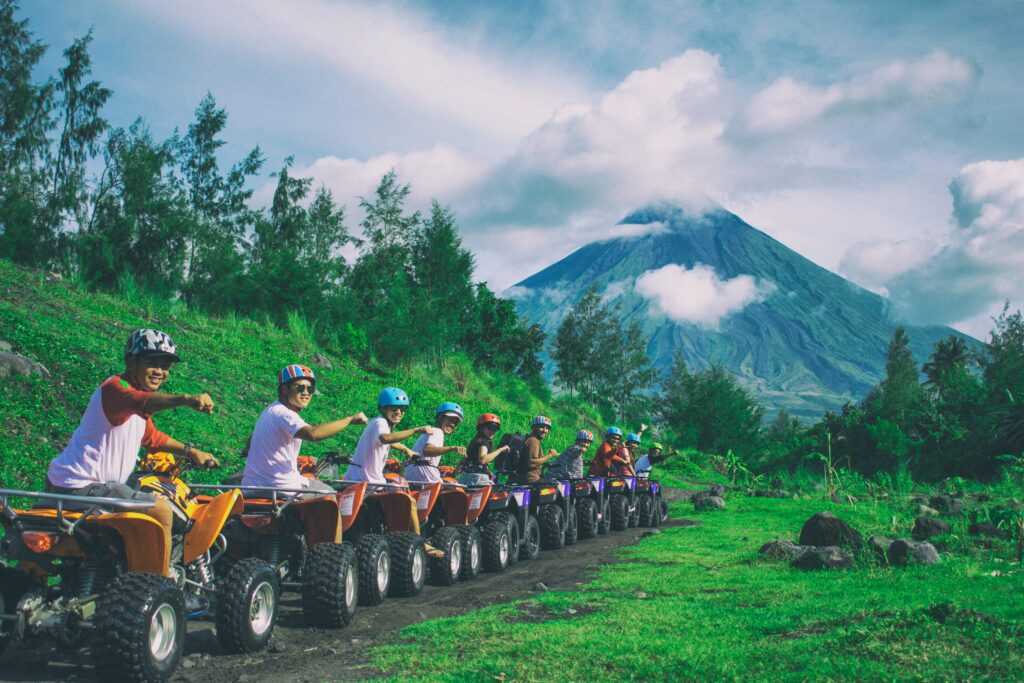Since they were introduced in the early 1970s, ATVs (all terrain vehicles) have become increasingly popular. With this popularity comes an increasing number of accidents and injuries. According to the Consumer Product Safety Commission, as of 2012 over 100,000 ATV injuries were recorded and an estimated 25% of these injuries were to children younger than 16 years of age. Between 1982 and 2012, over 2,900 children died from ATV related accidents.
Design Problems
The reason ATVs are so dangerous has a lot to do with their design. They have no frame protecting the operator in the event of an accident. They ride on large, low pressure tires that can have difficulty gripping the rough terrain over which they travel. They are stopped by hand operated brakes, which can lack sufficient power and can cause ATVs to overturn as they stop.
ATVs have relatively large engines for their size and weight, which means they can travel as fast as 70 mph, often across broken, uneven terrain. Although ATVs are not designed for passengers, it is possible (even easy) for people to jump on—people who will be injured if there is a crash. Earlier three wheeled ATVs were less stable than the current four wheeled versions, but even the four wheeled models can be top heavy and prone to serious rollover accidents. Even on roads and flat surfaces, ATVs can be unstable.
Consent Decree
As the result of safety concerns expressed by the federal government, ATV manufacturers entered into a consent decree in 1988. In this decree, they agreed to halt production of three wheeled ATVs, to provide safety training for new owners, to place warning labels on their products, and to make recommendations about what size of ATV is appropriate for different age groups.
Although this consent decree expired in 1998, ATV manufacturers have pledged to continue to follow most of its provisions. However, the government can no longer force them to do so.
Despite these improvements, the number of injuries and deaths per year attributable to ATV accidents continues to rise. To some degree, this is because ATVs continue to become more popular, and more people ride them. However, another reason for the increase in injuries and deaths is that ATV makers are building more powerful ATVs and marketing them to younger and younger children.
The latest marketing gimmick is the so called “transitional” ATV, one that is sized between the smaller ATVs intended for children and a full sized adult ATV. ATV makers claim that these ATVs are more appropriate for the 14 to 15 year old age group, but critics note that bigger ATVs with bigger engines undercut the messages conveyed by safety training and other warnings, increasing the likelihood of injuries.
In addition to making more powerful ATVs, ATV makers have fought any attempt to impose regulations on ATV ownership or use (such as age limits and mandatory helmet laws). With the expiration of the 1988 consent decree, it will take either new laws passed by Congress or new action by federal agencies (such as the Consumer Product Safety Commission) to force ATV manufacturers to pay more attention to safety. Neither of these outcomes appears likely to happen.
Sad to say, the only kind of regulation available to many is the “private” regulation that comes with lawsuits. Enough successful suits may convince ATV manufacturers that the cost of not planning for safety is just too high.
If you or someone you know has been injured or killed while riding an ATV, contact us so that we can help pursue your legal rights.

